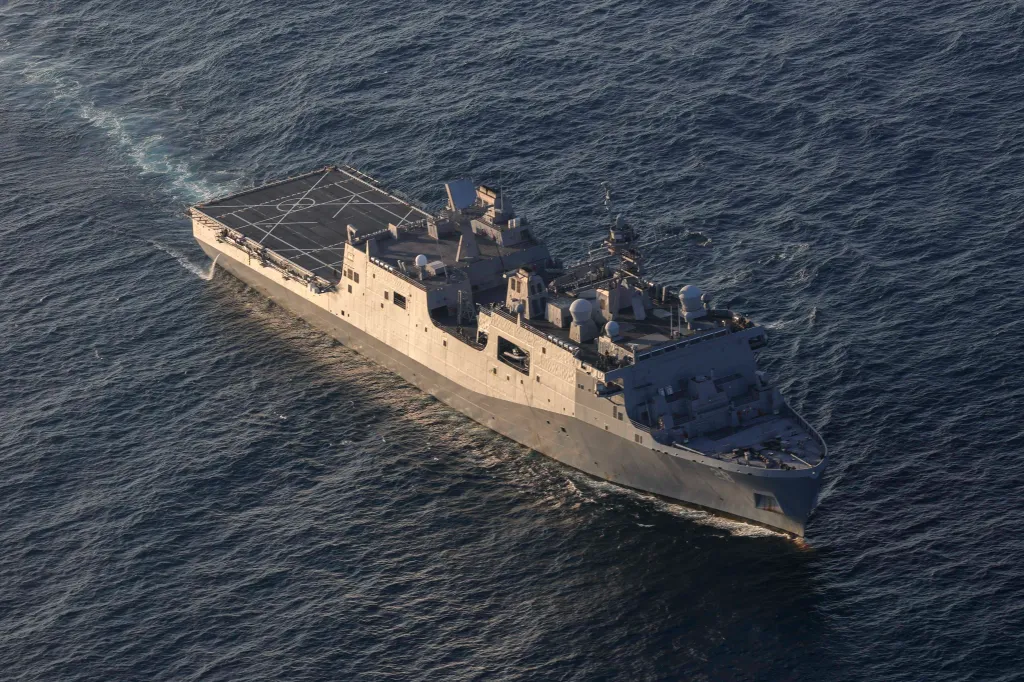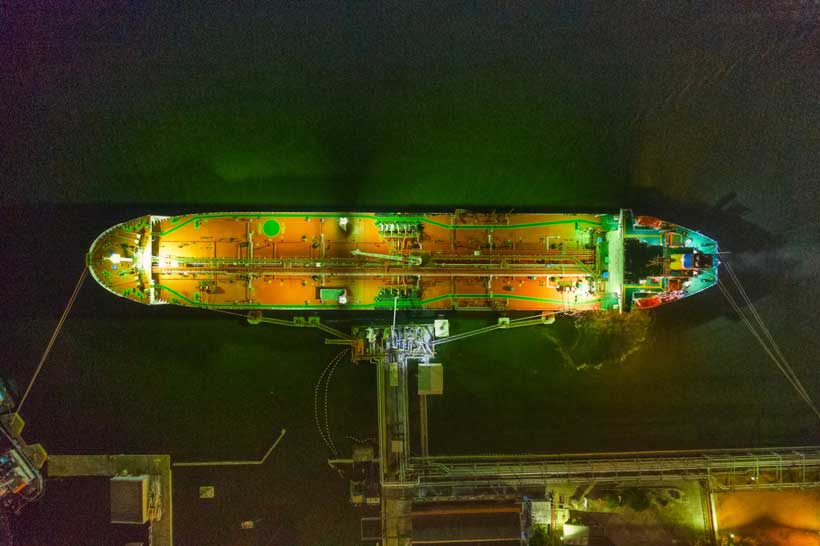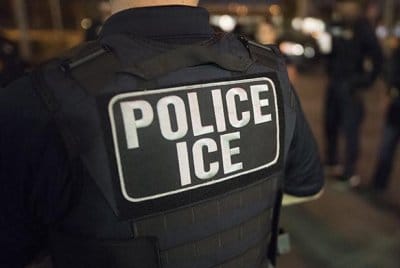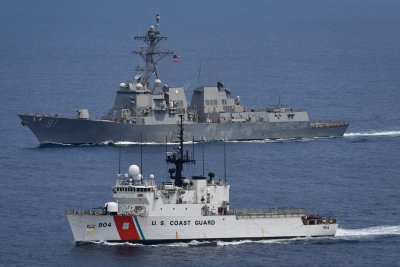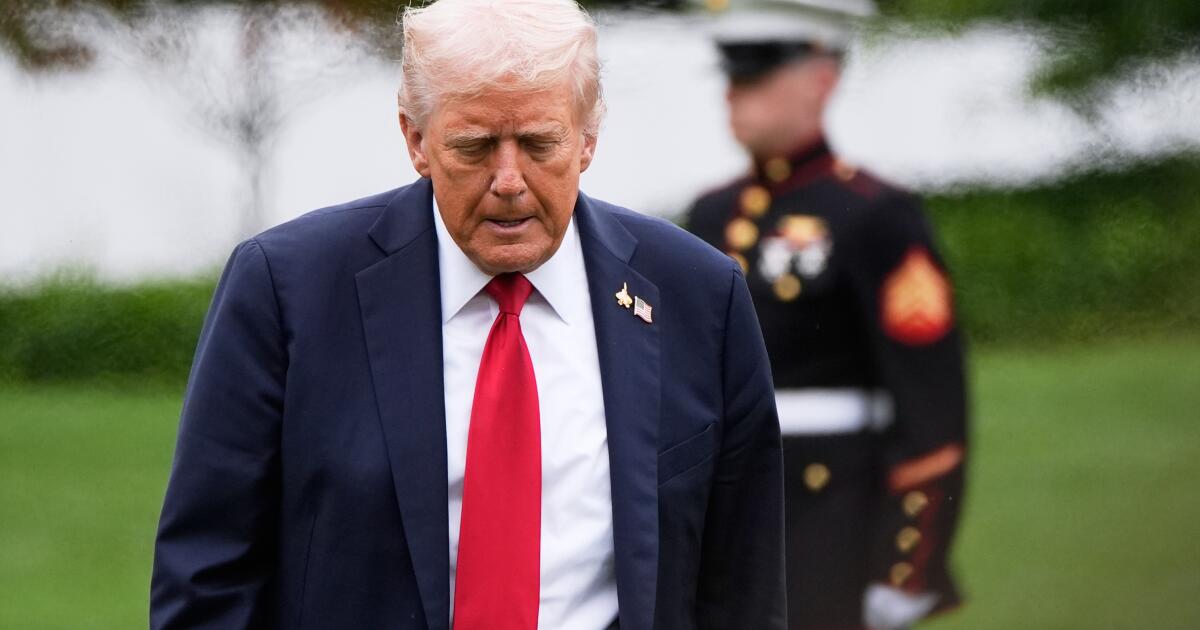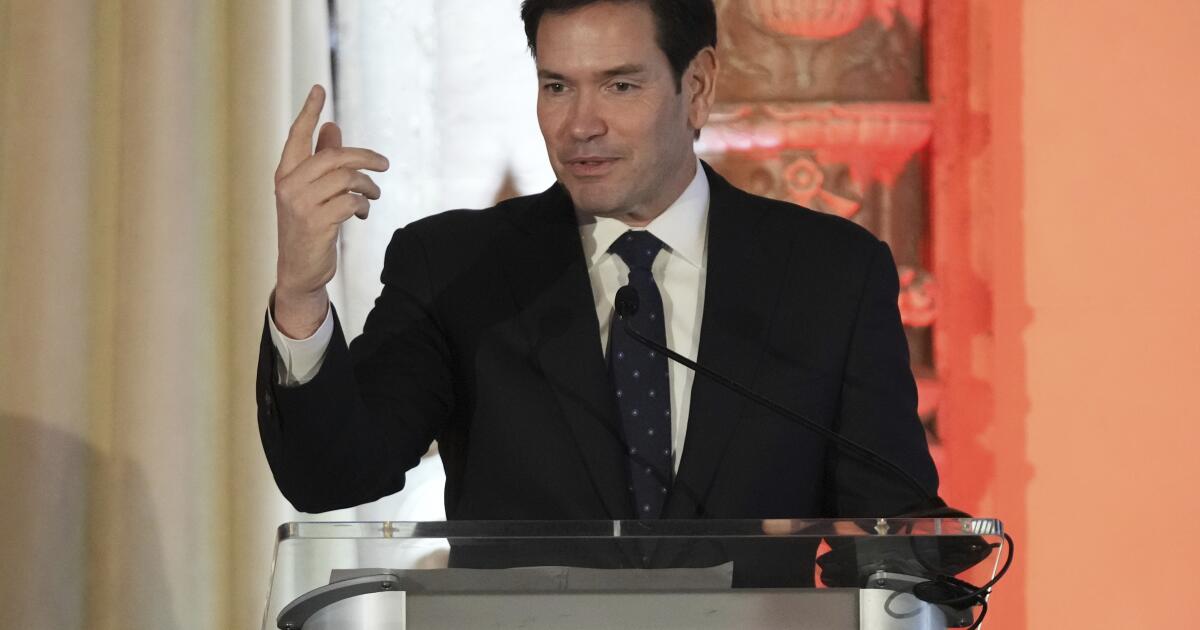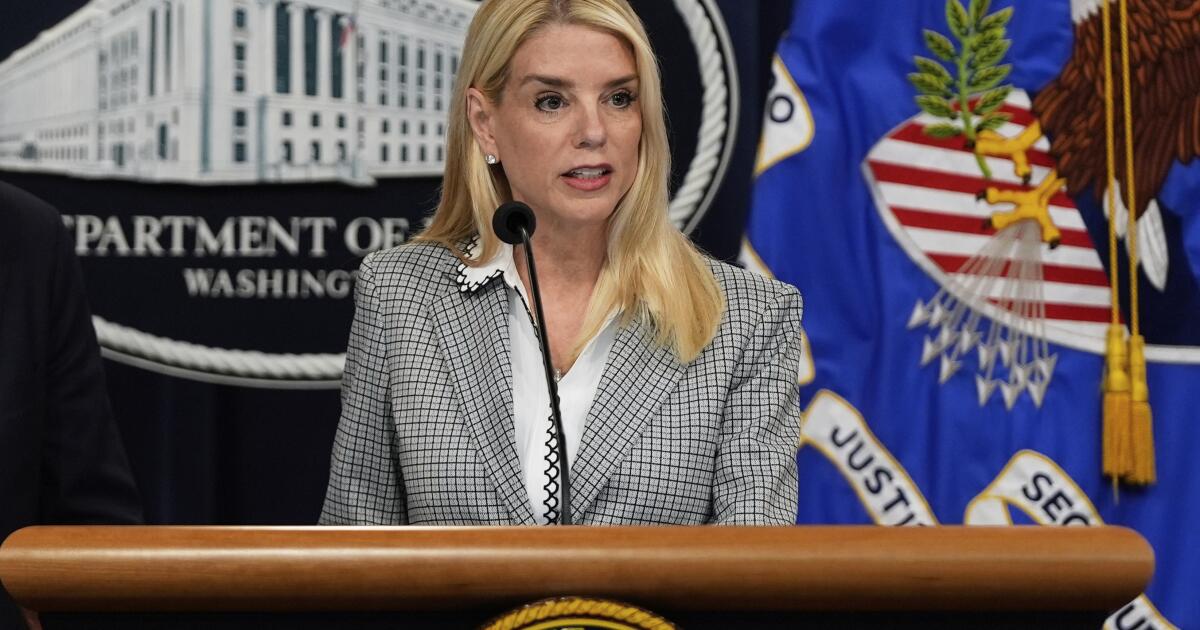Amphibious Warship Returning To Caribbean, Report Claims U.S. Planning Strikes On Mexican Cartels
Even as the U.S. continues to build up forces in the Caribbean ostensibly for an enhanced counternarcotics operation that could include inland strikes, there are reported plans underway for attacks on cartels inside Mexico.
The San Antonio class amphibious transport dock ship USS Fort Lauderdale has left Mayport, Florida, and is returning to the Caribbean to rejoin the Iwo Jima Amphibious Ready Group (ARG)/22nd Marine Expeditionary Unit (MEU), a U.S. official confirmed to The War Zone Monday morning. The vessel left on Sunday and is now south of Miami in the Straits of Florida, according to an online ship tracker. It will provide additional air and troop support once it arrives on station. San Antonio class ships can launch and land two CH-53E Super Stallion helicopters or two MV-22 tilt rotor aircraft or up to four AH-1Z, UH-1Y or MH-60 helicopters at once. In addition, they can carry Landing Craft Air Cushion (LCAC) hovercraft or other landing craft and boats in their well deck, and can transport up to 800 Marines.

The Fort Lauderdale is set to rejoin a flotilla of at least eight other surface warships plus a nuclear-powered fast attack submarine arrayed for an enhanced counter-narcotics mission also aimed, at least partially, at Venezuelan dictator Nicholas Maduro. The Henry J. Kaiser class fleet replenishment oiler USNS Kanawha is in the region as well, the Navy official told us. In addition, the aircraft carrier USS Gerald R. Ford and one of its escort ships, the Arleigh Burke class guided missile destroyer USS Bainbridge, are currently in the western Mediterranean Sea, heading toward the Caribbean, a U.S. Navy official told The War Zone. It could take as long as another week for those ships to arrive in the Caribbean, the official added.
The MV Ocean Trader – a roll-on/roll-off cargo ship modified to carry special operators and their gear – has also appeared in several places around the Caribbean in recent weeks. Navy officials and U.S. Special Operations Command have declined to comment on this vessel. The ship, which TWZ first reported on back in 2016, has been something of a ghost since entering service, popping up in hot spots around the globe.
There is also an increasing buildup on the land. Reuters noted that the U.S. is continuing to make improvements at the former Roosevelt Roads Navy base for use by combat and cargo aircraft. Since August, the facility has been used as a central logistics hub, with frequent landings by airlifters and by aircraft from the 22nd MEU as well. The new additions include Mobile Aircraft Arresting Systems for stopping incoming fast jets. As we have reported in the past, Marine Corps F-35B stealth fighters are already operating from there and the MAAS can help support I fighters during emergencies. The incoming USS Gerald R. Ford’s air wing, for instance, could use the base as a divert location.
The military has also set up 20 tents at the installation.
Satellite images show construction of an ammunition storage facility at the airport at Rafael Hernandez Airport, the second-busiest civilian airport in Puerto Rico.
Beyond Puerto Rico, the U.S. has set up a new radar system at an airport in St. Croix.
Despite the buildup, the Trump administration’s goal remains unclear. In an interview on Sunday with CBS News’ 60 Minutes, President Donald Trump offered a mixed message about his plans for Venezuela.
Asked if the U.S. was going to war with the South American nation, Trump answered, “I doubt it. I don’t think so. But they’ve been treating us very badly, not only on drugs – they’ve dumped hundreds of thousands of people into our country that we didn’t want, people from prisons – they emptied their prisons into our country.”
Later in the interview, the president was asked if “Maduro’s days as president are numbered.”
“I would say ‘yeah. I think so, yeah,” Trump responded. The American leader, however, declined to offer any details about what that meant.
“I’m not gonna tell you what I’m gonna do with Venezuela, if I was gonna do it or if I wasn’t going to do it,” he explained when queried about whether he will order land attacks in Venezuela.
As for why the Ford carrier strike group is heading toward the Caribbean, Trump explained, “it’s gotta be somewhere. It’s a big one.”
Officials in Russia, which recently ratified a mutual support agreement with Venezuela, have voiced their support for Maduro.
Moscow “resolutely condemns the use of excessive military force” by the U.S. in the Caribbean,” Russian Foreign Ministry spokeswoman Maria Zakharova said, adding that Russia fully supports the Venezuelan government in its efforts to safeguard national sovereignty and maintain the region as a “zone of peace.”
Amid the growing tensions, Russian aircraft have landed in Venezuela. potentially with military supplies, Defense News reported last week.
Meanwhile, as Trump maintains a level of strategic ambiguity about his objectives toward Maduro, the U.S “has begun detailed planning for a new mission to send American troops and intelligence officers into Mexico to target drug cartels,” NBC News reported Monday morning. That possibility and how it could happen were subjects we examined in great detail back in February, which you can read about here.
While no deployments are imminent, training for such a mission is already underway, the network added.
“The U.S. troops, many of whom would be from Joint Special Operations Command, would operate under the authority of the U.S. intelligence community, known as Title 50 status,” NBC posited, citing two anonymous U.S. officials. ”They said officers from the CIA also would participate.”
These operations would have U.S. troops in Mexico “mainly use drone strikes to hit drug labs and cartel members and leaders,” the report continued. “Some of the drones that special forces would use require operators to be on the ground to use them effectively and safely, the officials said.”
As we have previously wrote, such an operation would be precedent-setting. While U.S. troops like Green Berets from the 7th Special Forces Group routinely work with Mexican forces, training them to hit cartels and serving as observers on raids, there has yet to be a known U.S. military kinetic action inside Mexico.

The most famous example of a covert strike using U.S. troops under Title 50 authority was the 2011 Navy SEAL attack on al-Qaida leader Osama Bin Laden, but what NBC is describing is a much more sustained operation with increased risks, a former White House official under the first Trump administration told us.
“This seems like more of a campaign,” Javed Ali, who worked in the National Security Council’s (NSC) counterterrorism unit during the first Trump administration, explained. “What the administration is trying to achieve under Title 50 is ostensibly to use military force, but covertly. But in this day of social media, it is harder to not have that revealed. They lose the element of surprise.”
As we have previously reported, Mexico’s increasingly well-armed drug cartels pose a serious threat to external forces. Some cartel units are have adopted some of the latest features of warfare. They have been using drones to attack enemies for years now, for instance. These organizations also often move around in increasingly well-protected so-called “narco tanks.”
Ali raised an additional concern. Would the cartels, who already have operatives in the United States, strike back if they were attacked in Mexico?
“The enemy gets a vote,” Ali suggested. “Would the cartels be so bold to actually conduct attacks inside the United States is an open question. If a cartel lab gets blown up or cartel leaders are killed in drone strikes, how would they respond? Inside the government, I would have to think they are looking at all those contingencies.”
Still, even with these risks, it seems clear the Trump is willing to go further than his predecessors in hopes of significantly reducing the flow of narcotics into the United States. Public support for such actions will likely be dictated by losses of American troops — if any — in the process, should such operations move forward. It’s also not clear where the Mexican government stands on this issue at this time.
It is unknown exactly what the Trump administration will do when it comes to countering cartels and taking on Maduro. However, while U.S. strikes against the Venezuelan cartels have been limited to attacks on alleged drug-smuggling boats, the possibility exists that America could soon find itself conducting kinetic strikes on two fronts in its own backyard.
Update: 5:03 PM Eastern –
The Navy provided us with some context about why the Fort Lauderdale was in Mayport.
“The USS Fort Lauderdale (LPD 28) returned to Naval Station Mayport from Oct. 24 to Nov. 2, 2025, for a mid-deployment voyage repair (MDVR) and maintenance period. NS Mayport’s facilities offered the most expedient option with the best infrastructure, maintenance, repair, and logistical support for the maintenance period.
A Mid-Deployment voyage repair (MDVR) is a period, roughly halfway through a ship’s deployment, where necessary and preventative maintenance and repairs are made. This MDVR allowed Fort Lauderdale to conduct vital maintenance to the ship with the support of in-port services.
In-port maintenance and logistical support enable the ship to correct and maintain materiel readiness, warfighter readiness, and sustainability.”
Contact the author: [email protected]
